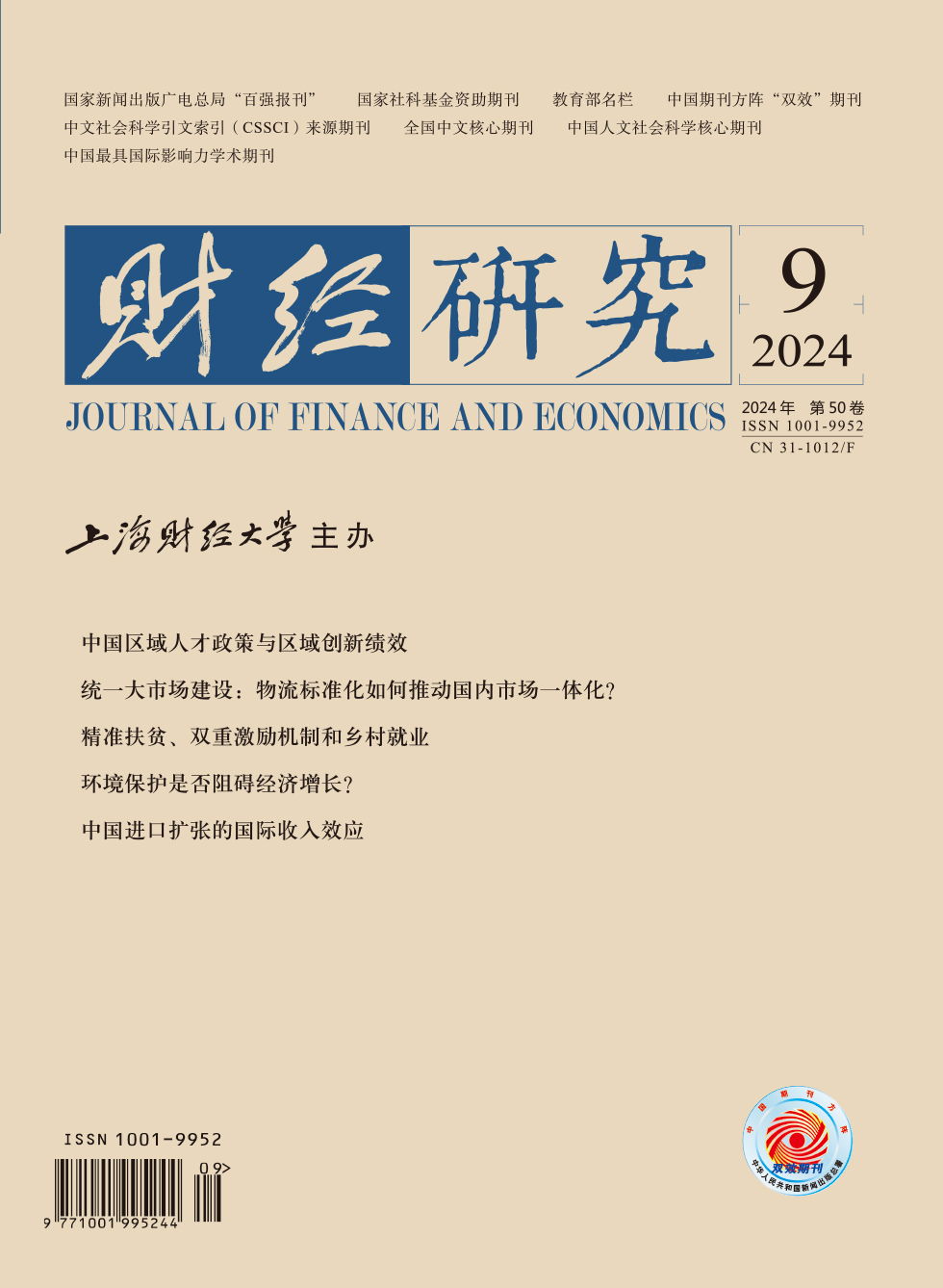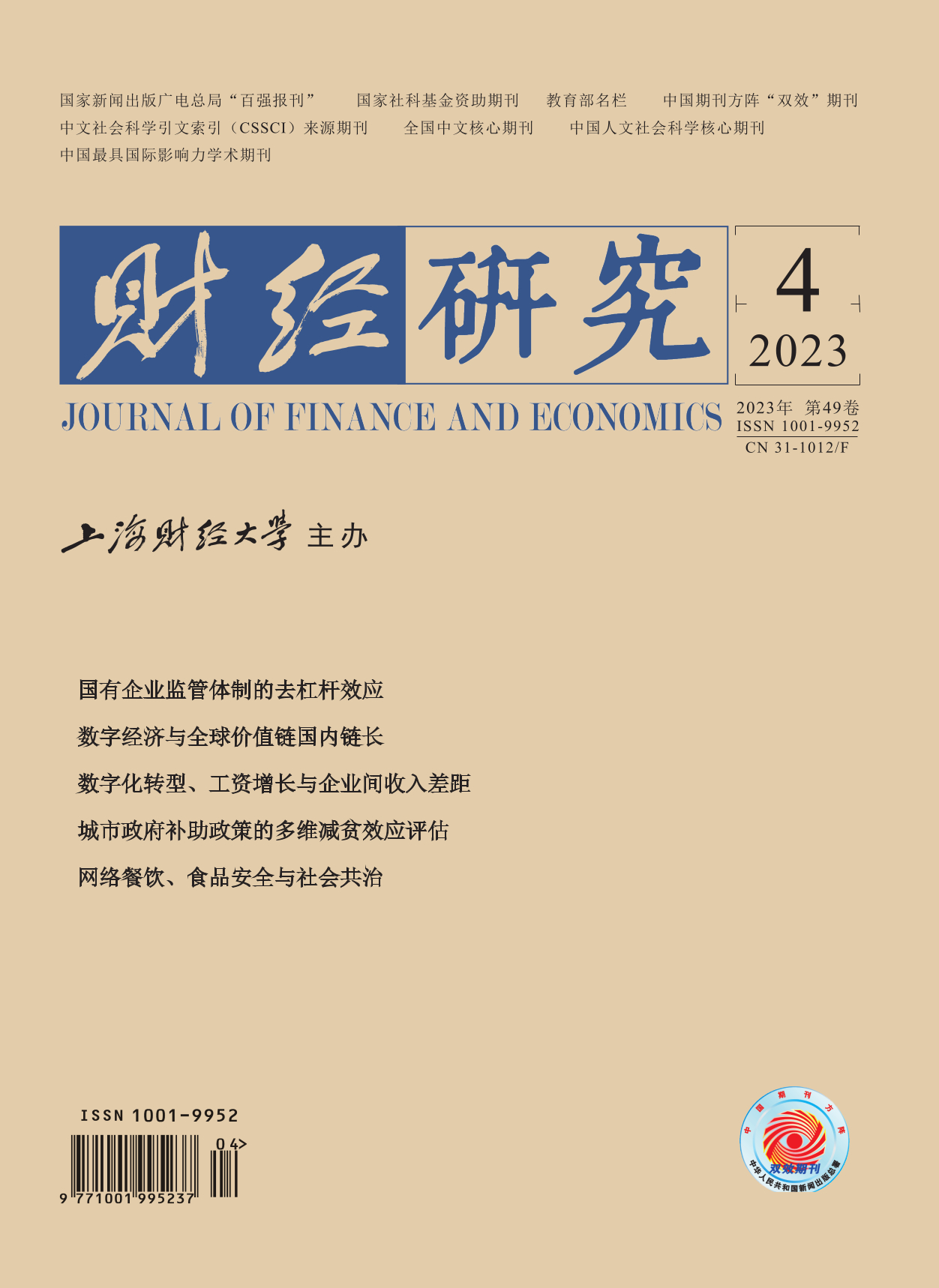China has achieved a comprehensive victory in poverty alleviation by the end of 2020. The main task now is to build a long-term mechanism to prevent poverty and promote common prosperity on the basis of consolidating the existing achievements. For cities, to grasp the characteristics of urban poverty and understand the effect of relevant poverty-alleviation policies is an important premise for improving the income redistribution system and promoting the establishment of a long-term mechanism to prevent urban poverty.
Based on the data of CFPS, this paper evaluates the effect of urban government subsidies on poverty-reduction policies during the 13th Five-Year Plan period. Poverty indicators are selected to measure the relative poverty situation and income distribution characteristics of cities, and the FRD method is adopted to evaluate the impact of urban government subsidy policies on the income, expenditure, labor supply, human capital and subjective welfare of the urban low-income population.
The study finds that the urban poverty rate, intensity and depth, calculated based on the relative poverty index, all show a downward trend, and urban income distribution is improved. The urban government subsidy plays the role of giving fish to low-income residents: It significantly increases the business income, property income and individual work income of low-income families. The consumption structure of households receiving the subsidy is improved, particularly in central and western regions. The urban government subsidy also plays a role in teaching some people to fish: It significantly increases the employment probability of low-income men and low-income residents in the central region, and plays a positive role in improving the human capital of low-income women and people in poverty due to schooling. Meanwhile, the subsidy significantly improves the subjective welfare of low-income women and low-income residents in the western region.
Therefore, we should further improve the urban income redistribution system, promote the transformation of urban poverty relief from the “extensive” mode to the “precise” mode, and establish a differentiated urban poverty-prevention system and dynamic monitoring system for different groups, so as to effectively alleviate relative poverty, form an internal poverty-prevention mechanism, and lay a solid institutional foundation and basic guarantee for common prosperity.
The main contributions of this paper are as follows: First, the change trend and distribution characteristics of urban poverty are measured by relevant poverty statistics indicators. Second, it makes an in-depth analysis of policy objectives, successively studying the poverty-reduction policy effect of urban income redistribution projects from three levels: whether urban government subsidies give people fish (income and consumption), whether urban government subsidies teach people to fish (labor supply and human capital investment), and whether urban government subsidies ultimately help people to achieve happiness (subjective welfare). Third, refined policy recommendations are proposed by analyzing the heterogeneity of population, regions and poverty causes.





 2700
2700  2246
2246

